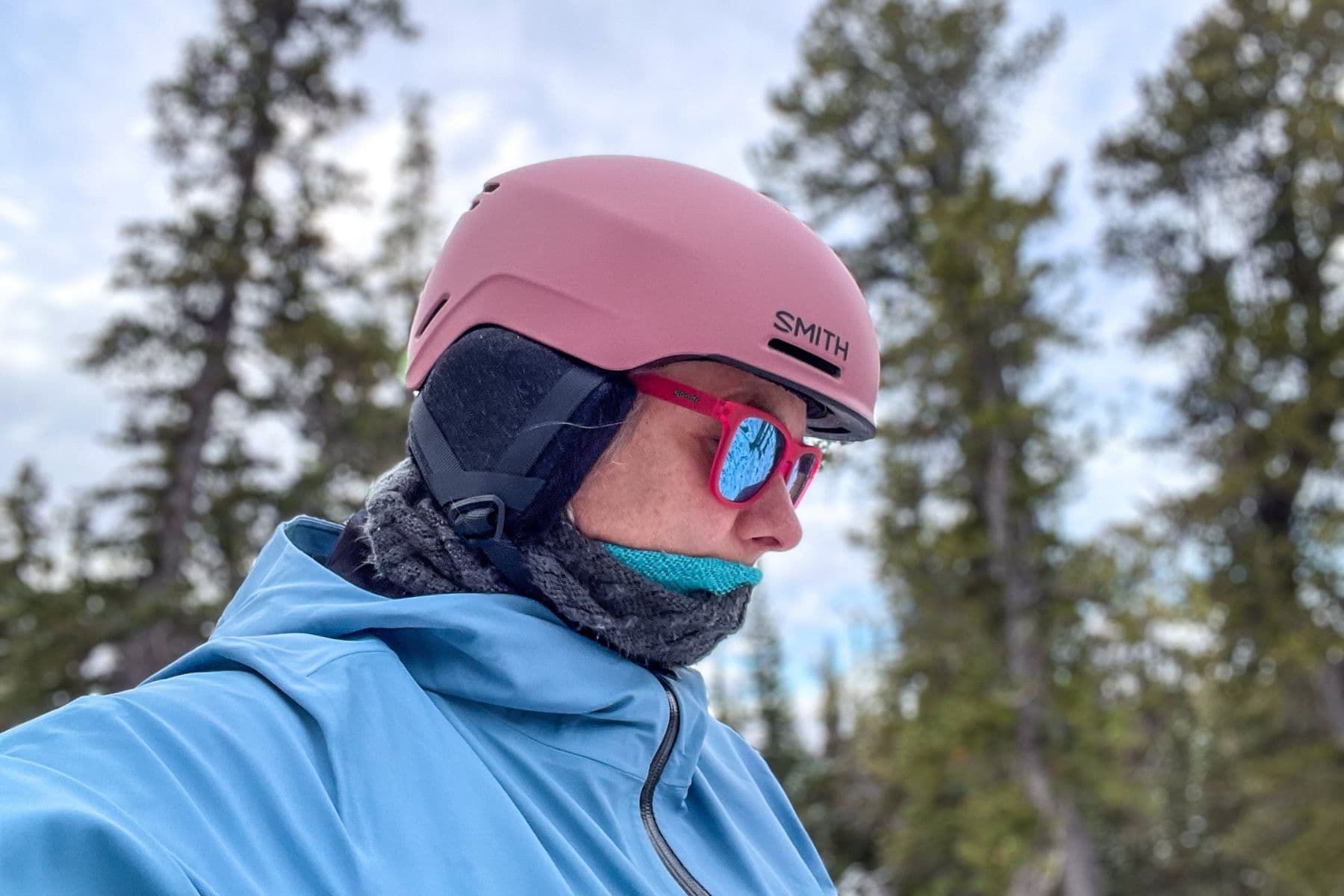A helmet is one of the most important safety investments for any rider. However, not all helmets offer the same level of protection. Helmet safety ratings indicate how well a helmet can protect you in case of an accident, with different certifications based on regional standards and testing methods.
This guide breaks down the most common helmet safety ratings, explaining what they mean and how to choose the best-rated helmet for your riding needs.
1. Why Helmet Safety Ratings Matter
- Protection Assurance: Safety ratings give riders confidence that their helmets meet specific protection standards.
- Regional Requirements: Depending on where you’re riding, certain safety certifications may be required by law.
- Informed Buying: Understanding safety ratings helps you make a more informed decision when investing in a helmet.
2. Key Helmet Safety Certifications and What They Mean
a) DOT (Department of Transportation)
- Region: United States
- Purpose: The DOT standard (FMVSS 218) is the minimum legal requirement for motorcycle helmets sold in the U.S.
- Testing Criteria:
- Impact Resistance: Tests the helmet’s ability to absorb energy upon impact.
- Penetration: Ensures the helmet’s outer shell prevents objects from penetrating to the head.
- Retention System: Evaluates the strength and stability of the chin strap.
- How to Identify: DOT-certified helmets usually have a DOT sticker on the back.
- Best For: Riders looking for a basic safety standard with legal compliance in the U.S.
b) ECE (Economic Commission for Europe)
- Region: Europe, recognized globally
- Purpose: The ECE 22.05 standard is widely recognized in over 50 countries and often considered more rigorous than DOT.
- Testing Criteria:
- Impact Absorption: Multiple tests on different parts of the helmet to simulate various impact scenarios.
- Shell Penetration: Tests with a metal striker to ensure the shell’s durability.
- Visibility: Verifies the helmet’s peripheral visibility.
- Environmental Testing: Includes tests under different temperature and humidity conditions to simulate real-world environments.
- How to Identify: ECE-certified helmets have a label with the “E” mark and certification number.
- Best For: Riders seeking a globally recognized and widely accepted safety standard.
c) Snell Certification
- Region: Primarily North America, but internationally respected
- Purpose: The Snell Memorial Foundation, a nonprofit organization, conducts rigorous testing beyond DOT and ECE standards, particularly for high-speed impacts.
- Testing Criteria:
- Multiple Impact Tests: Ensures the helmet can withstand multiple impacts in different areas.
- Chin Bar Testing: Specific to full-face helmets, testing the chin bar’s durability.
- Rotation and Roll-Off Resistance: Evaluates how well the helmet stays on the head in an accident.
- How to Identify: Snell-certified helmets have a sticker with the Snell certification inside.
- Best For: High-performance or track riders seeking maximum impact protection.
d) SHARP (Safety Helmet Assessment and Rating Programme)
- Region: United Kingdom
- Purpose: SHARP is a rating system that tests helmet performance on a scale of 1 to 5 stars, based on real-world crash scenarios.
- Testing Criteria:
- Impact Tests: Tests multiple points and speeds to simulate different crash scenarios.
- Energy Absorption Rating: Assigns a star rating based on how well the helmet absorbs energy.
- How to Identify: SHARP ratings can be found on the SHARP website, as not all helmets display a SHARP label.
- Best For: UK riders or those looking for additional performance insights beyond standard certifications.
3. How Helmets Are Tested Under These Certifications
- Impact Testing: Measures the helmet’s ability to absorb energy by dropping it on various surfaces and checking the force transmitted inside.
- Penetration Testing: A sharp object is dropped onto the helmet to see if it can penetrate the outer shell and reach the head.
- Retention System Testing: Examines the durability of the chin strap to ensure the helmet stays in place during impact.
- Environmental Resistance: Some standards require helmets to undergo testing under different temperatures, humidity, and weather conditions to simulate real-world wear.
4. Additional Helmet Safety Technologies
a) MIPS (Multi-directional Impact Protection System)
- Purpose: Designed to reduce rotational forces on the brain during angled impacts.
- How It Works: MIPS-equipped helmets have a low-friction layer that allows the helmet to move slightly upon impact, redirecting rotational energy.
- Best For: Cyclists and motorcyclists who want extra protection against brain injuries in off-angle crashes.
b) Koroyd Technology
- Purpose: Used mainly in premium helmets, Koroyd is a material made from welded tubes designed to absorb and dissipate impact energy.
- How It Works: Koroyd structures compress upon impact, reducing energy transfer to the head.
- Best For: Adventure and dual-sport riders who prioritize maximum impact absorption.
5. Choosing the Right Safety Rating for Your Riding Style
- Commuters and City Riders: DOT or ECE-certified helmets offer sufficient protection and meet legal standards for most urban riding needs.
- Sport and Track Riders: Snell-rated helmets provide the highest level of protection and are often required for track racing due to their rigorous standards.
- Adventure and Off-Road Riders: Helmets with ECE or Snell ratings and technologies like MIPS or Koroyd are ideal for those tackling varied terrains and high-impact situations.
- Cyclists and Skateboarders: Look for helmets with CPSC (Consumer Product Safety Commission) ratings and, if possible, additional protection like MIPS.
6. Frequently Asked Questions About Helmet Safety Ratings
- Can a helmet have multiple certifications?
- Yes, some helmets meet more than one standard (e.g., DOT and ECE), making them suitable for multiple regions.
- How often should I replace my helmet?
- Helmets should be replaced every 5 years or after any significant impact, as the materials degrade over time.
- Is a higher-rated helmet always safer?
- Higher-rated helmets often provide better protection, but the best helmet is one that fits well, meets legal requirements in your region, and is suited to your riding style.
Conclusion
Understanding helmet safety ratings can help you make a confident, informed decision when choosing a helmet.
By focusing on certifications such as DOT, ECE, Snell, and SHARP ratings, you can assess how well a helmet will protect you under various conditions.
Remember, a helmet isn’t just about compliance; it’s an investment in your safety. Choose the right helmet with the best rating for your riding style, and you’ll be prepared for safer, more enjoyable rides.








